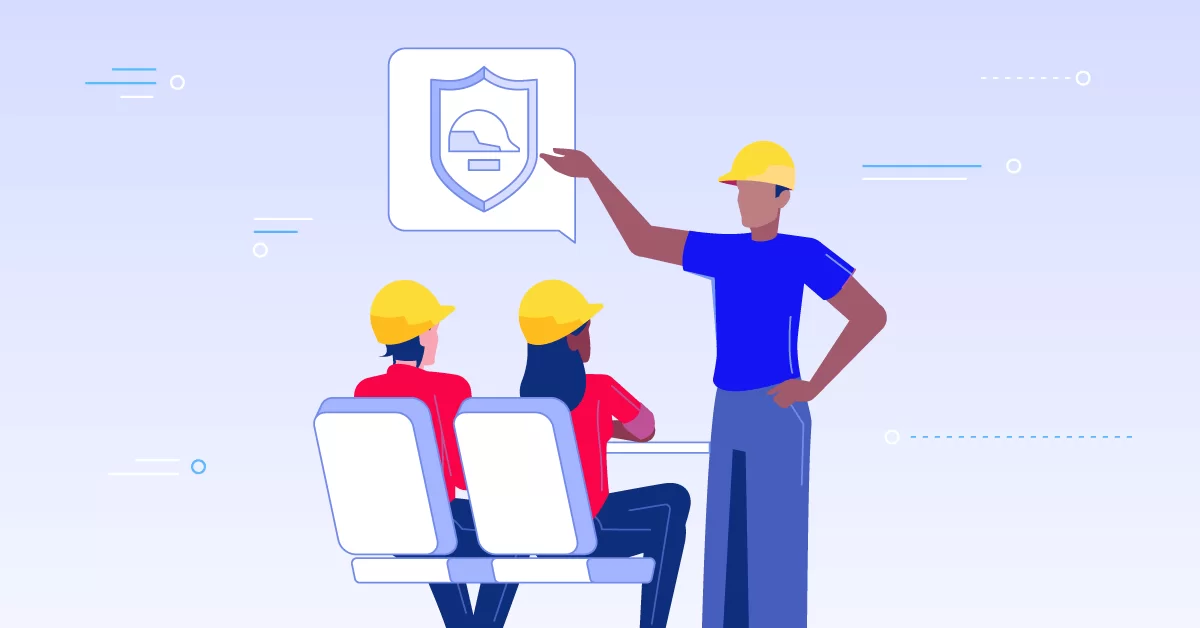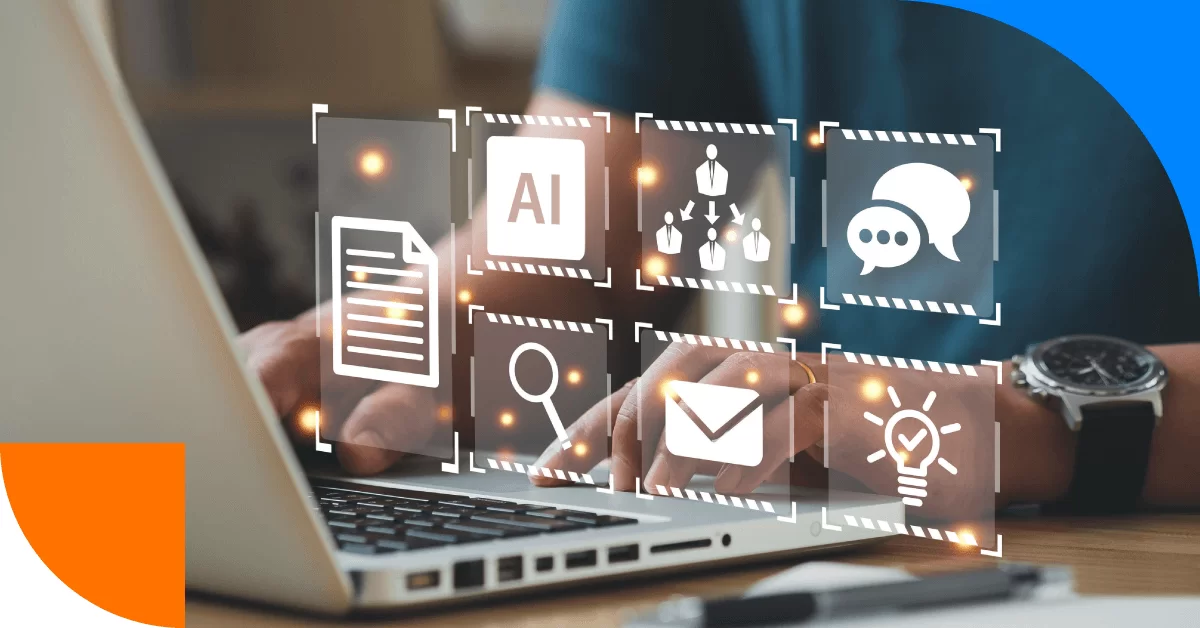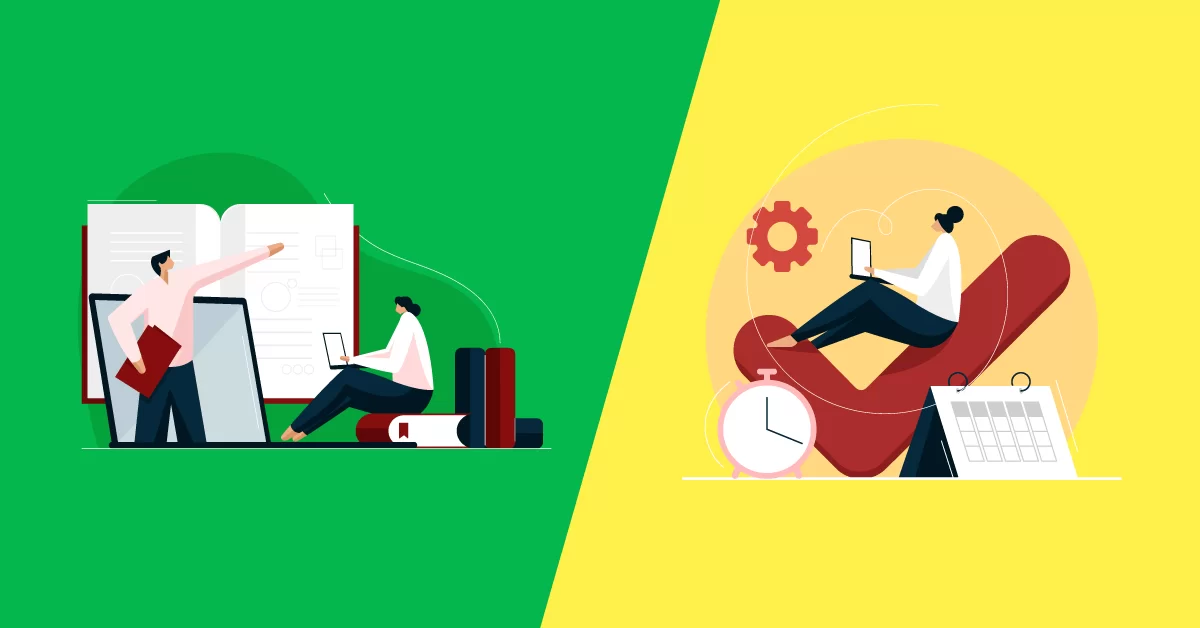
One cannot think of the human resource management (HRM) as a beacon of eLearning without thinking of “human” at an individual level. The HR department is responsible for the employee’s well-being. It is also responsible for bridging the communication between the organization and the employees. At the strategic level, the organizational management works towards continuous change to meet the dynamic needs of the market. The human resource management strives to convey this need for change to the employees to implement at the operational level.
Organizational change is mandatory to meet and exceed the market share. Managing this change is a highly challenging feat. While training and professional development is the natural step towards change, it more often fails to enforce the desired change. Despite the best laid plans that include aligning organizational KPIs with learning objectives in trainings, holding meetings for the change and propagating incentives for change, the organizational cultures still seem undeterred.
This brings us back to the human part of the human resource management. How can the HRM influence the human brain to adapt and adopt to the desired changes through eLearning and knowledge sharing? Change needs to begin at the individual level to reflect the change in the organizational culture. Think hard skills and soft skills of the organization. Hard skills are the policies, procedures, administration protocols and data handling strategies deeply ingrained into the organizational skills. Soft skills are the mind-set, the approach, the trust level, the confidence and the motivational strategies communicated within the organization through its employees.
Change begins by altering the hard and soft skills of an organization. Training and development plans prescribed usually target these skills. Despite the best eLearning strategies in terms of being both organizational and employee centered, change is still yet to be seen.
Why?
Think of the human brain practicing the hard and soft skills as a comfortable habit. Each skill, whether it is conflict resolution, problem analysis, decision making or work flow planning is executed at the brain cell – the neuron level. A skill becomes a natural habit when it is practiced with ease and smoothness. The neurons responsible for this skills have branched and attached to other neurons to promote efficiency for these skills.
If these branched neurons join a neural superhighway, the skill becomes automatic and involuntary. In order to change this habit or unlearn the skill, the individual will need to exercise conscious control over these involuntary activities. This is often met with reluctance, discomfort and procrastination. But if the individual is convinced on why the change is necessary and how it will add value to them, the brain-pathways can be altered slowly and steadily through motivating incentives and reinforcement through practice.
The challenge of the HRM is to convince the employee why they need to change. And how eLearning will help them perform better. Old habits die hard. To maintain this change, opportunities to apply the newly acquired learning will be needed at a constant pace.
Consider this example:
Despite top notch eLearning training successfully administered to a sales team, sales figures were still scraping the ground floor. The management decided to run a survey in which they asked key questions to determine the attitude of these salesmen. The results revealed two underlying mindsets that were sabotaging performance.
First, these salesmen perceived online sales more efficient than in-store selling. They felt less motivated to convince shoppers. Secondly, they believed the younger shopper was keener on the products than a senior one. They felt less motivated to convince the senior shoppers. Online and in-store sales analytics revealed otherwise.
The challenge now for the human resource managers was not only convince the salesmen that the gap existed but also to convince them that it was their mindset that created a performance gap. Changing attitude towards performance is a precursor to behavior change desired through eLearning training.
Here is how eLearning for human resources management can induce change and give better ROI and performance through trainings for its organization:
Identify Attitude towards Performance
Discover the true mindset of employees towards their performance. Do they have any complaints? Any preconceived notions? Any biases? Any trust issues? Any differences and disagreements with how things should be done? Before employees can master a new skill through training, they need to be convinced that a gap exists due to their behavior or attitude. By changing their attitude their performance would improve and help the organization grow.
Match eLearning content with performance gap
On discovering the performance gap AND analyzing the attitude of the learner towards performance, redesign the content to eradicate anomalies. Encourage better performing peers to shadow and mentor learners to help them realize their setbacks. Highlight the strengths and weakness of the learners and enable them to internalize the training content.
Start with the leaders
For change to be effective through eLearning trainings, involve leaders as a starting point. Both in developing eLearning content and applying it on work context. A change that begins from leaders is infectious and cascades smoothly to all levels of the department. Employees feel more compelled to internalize trainings adopted by their leaders.
Reinforce the new skills
The most important part of change is reinforcing it. Learners will forget the best lecture by celebrity speakers within a week, if they are not provided with opportunities to practice new skills. Support for new behavior is very important after training. The human resource management needs to be especially alert during the post training period to ensure performance reflects new skills. There is nothing worse in knowledge development than unlearning an acquired skill. Regular checks to ensure learning is applied is mandatory to develop new habits. The HRM must offer a valuable follow up service after eLearning trainings.
Measure eLearning Impact
This last step really ties eLearning trainings into a complete and effective package. Measuring impact is crucial to calculate ROI and KPI. Measuring impact analyzes how close performance is to organizational strategy. It also makes way to new eLearning programs and improves existing programs.
References
October 2010, Aaron DeSmet, Monica McGurk, and Elizabeth Schwartz. Getting More From Your Training Programs, Retrieved from, http://www.mckinsey.com/insights/organization/getting_more_from_your_training_programs
If you want a breakdown watch our short video below:



